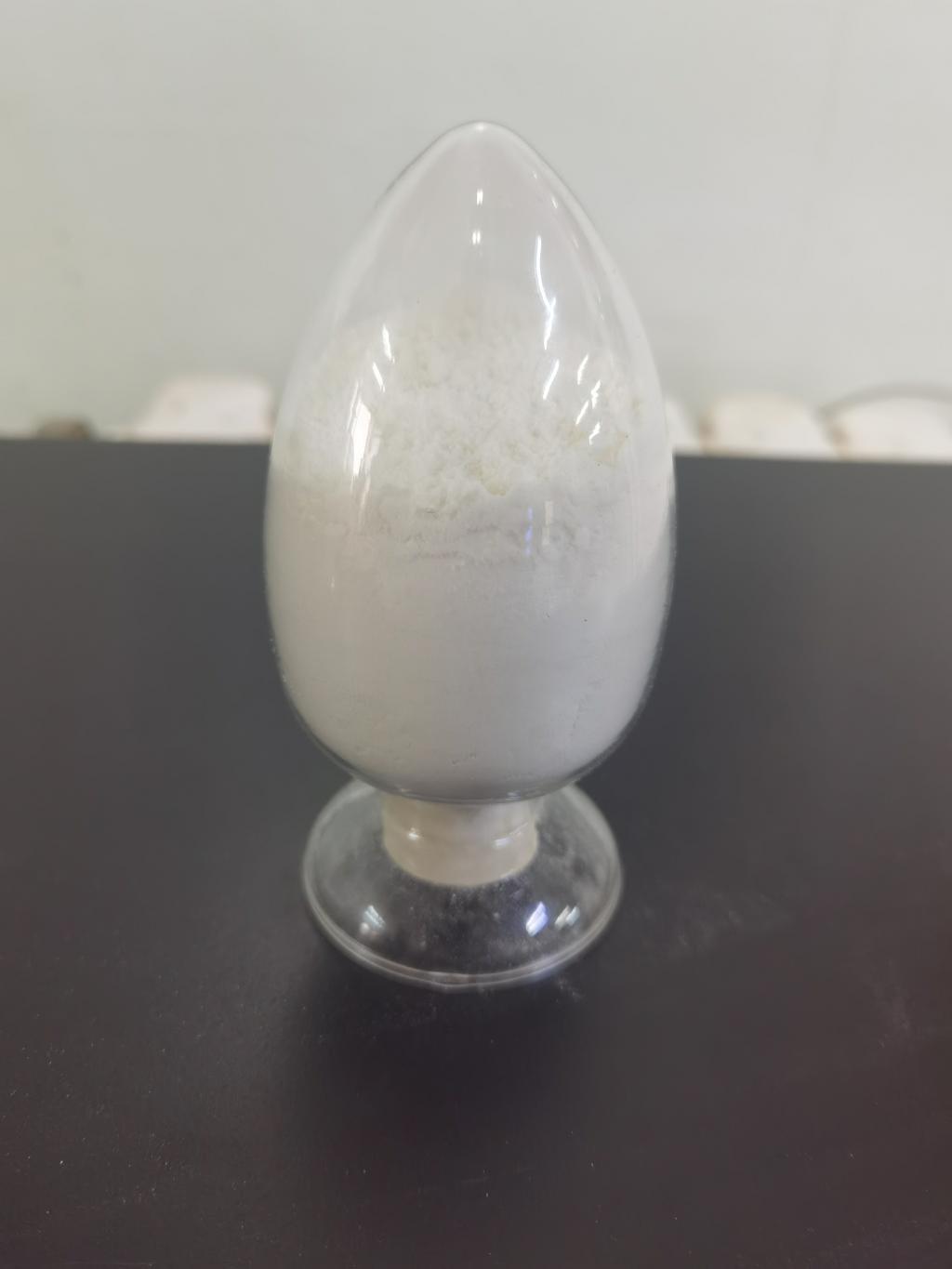Tel:0086 18231198596

News
Current Position:
Home >
News
>Exploring the applications of ε-Polylysine hydrochloride as a food preservative.
Exploring the applications of ε-Polylysine hydrochloride as a food preservative.
TIME:2024-04-15
Mechanisms of Action:
ε-Polylysine hydrochloride exerts its antimicrobial effects primarily through interactions with bacterial cell membranes, leading to membrane disruption and cell lysis. As a cationic polymer, ε-Polylysine hydrochloride binds to the negatively charged components of bacterial cell membranes, causing destabilization and permeabilization. This disruption compromises membrane integrity, resulting in leakage of cellular contents and ultimately bacterial death. Additionally, ε-Polylysine hydrochloride can interfere with essential cellular processes such as protein synthesis and nucleic acid metabolism, further inhibiting microbial growth.
Efficacy in Inhibiting Microbial Growth:
Numerous studies have demonstrated the efficacy of ε-Polylysine hydrochloride in inhibiting microbial growth in various food products. It has been shown to effectively control the growth of both Gram-positive and Gram-negative bacteria, including foodborne pathogens such as Listeria monocytogenes, Escherichia coli, and Salmonella spp. Additionally, ε-Polylysine hydrochloride exhibits activity against spoilage organisms, extending the shelf life of perishable foods. Its broad-spectrum antimicrobial activity and rapid mode of action make it a valuable asset in food preservation applications.
Compatibility with Different Food Matrices:
One of the key advantages of ε-Polylysine hydrochloride is its compatibility with a wide range of food matrices and processing conditions. It can be incorporated into various food products, including dairy, meat, poultry, seafood, beverages, and baked goods, without adversely affecting taste, texture, or nutritional quality. Additionally, ε-Polylysine hydrochloride remains stable under different processing conditions such as heating, freezing, and acidic or alkaline environments, making it suitable for use in diverse food formulations.
Regulatory Status and Safety Considerations:
In many countries, ε-Polylysine hydrochloride is approved for use as a food additive with specific maximum usage levels and labeling requirements. Regulatory agencies such as the Food and Drug Administration (FDA) and the European Food Safety Authority (EFSA) have evaluated its safety and established guidelines for its use in food products. Extensive safety assessments have demonstrated that ε-Polylysine hydrochloride is safe for human consumption, with no adverse effects reported at typical usage levels.
Challenges and Future Directions:
While ε-Polylysine hydrochloride offers numerous advantages as a food preservative, certain challenges must be addressed to realize its full potential. These include optimizing production processes, enhancing formulation stability, addressing regulatory requirements, and ensuring consumer acceptance. Furthermore, research efforts should focus on exploring novel applications of ε-Polylysine hydrochloride, elucidating its mechanisms of action in different food matrices, and evaluating its long-term safety and efficacy under real-world conditions.
Conclusion:
In conclusion, ε-Polylysine hydrochloride represents a versatile and effective food preservative with broad-spectrum antimicrobial activity and favorable safety profiles. Its mechanisms of action, efficacy in inhibiting microbial growth, compatibility with different food matrices, and regulatory status make it an attractive alternative to synthetic preservatives. By exploring the diverse applications of ε-Polylysine hydrochloride in food preservation and addressing key challenges, researchers and industries can harness its potential to enhance food safety, extend shelf life, and meet the evolving needs of consumers for natural and minimally processed foods.

 CONTACT
CONTACT




